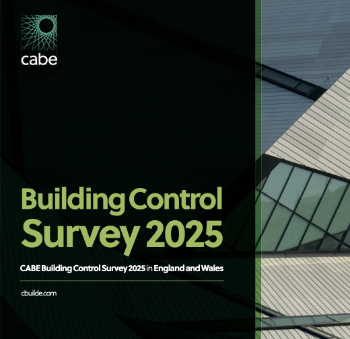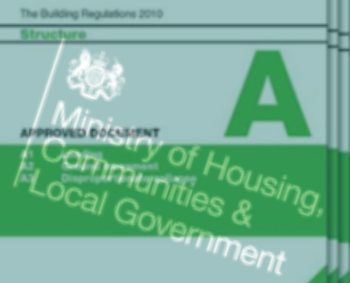Polymer foam market
Polymer foam is mainly developed from chemical resins such as polyurethane, polystyrene, phenolic and polyvinyl chloride. It possesses useful chemical properties such as flexibility, low density, and heat transfer capacity. It is extensively used in industries such as; food and beverages, packaging, construction, furniture and amongst others.
The global polymer foam market is primarily driven by heavy demand from the automotive industry across the globe. It has multitude uses in the automotive industry for components such as headlights, cables, gaskets and cushioning.
Stringent environmental rules and regulations imposed by governments are likely to drive demand for polymer foam in future years and demand from building and construction is likely to open new doors for major manufacturers. However, the volatile prices of feedstock are likely to hold growth back,
The global polymer foam market was valued at USD 101.50 billion in 2015 and is expected to reach USD 161.0 billion in 2021, growing at a CAGR of 8.0%.
Based on the types of foam, the global polymer foam market is segmented into; polystyrene foam, phenolic foam, melamine foam, PVC foam, polyurethane foam and polyolefin foam and others.
Polyurethane foam was leading segment in 2015 and is also predicted to maintain its dominance in coming years. It is manufactured in two distinct forms; flexible and rigid. Whereas, rigid polyurethane foam is employed for thermal insulation, flexible polyurethane foam is used for cushioning.
Polyolefin foam is expected to experience the good growth in the near future due to mounting demand from building and construction industry.
In terms of applications, the market is categorised into; building & construction, packaging, automotive, furniture & bedding, and other applications. Building and construction were the largest application segment in 2015, accounting for more than 30.0% of total volume, and it is predicted to continue this trend in coming years. Packaging was the second largest application. Automotive and furniture & bedding are projected to have significant growth within the forecast period.
In terms of regions, Asia Pacific held a dominant position in the market in 2015 and is expected to remain dominant during the years to come owing to the rising demand from the construction industry. Countries such as China, India, Malaysia and Indonesia are expected to contribute towards the strong demand for polymer foam due to emerging automotive and construction industries. Europe was the second largest market in 2015. North America and Latin America will witness exponential growth in near future.
Some of the key players of global polymer foam include BASF, SE, the DOW Chemical Company, Armacell International S.A., Stepan Company, JSP Corp, INEOS Group, Adeplast S.A., Woodbridge Foam Partner and amongst others.
[edit] Find out more
[edit] Related articles on Designing Buildings Wiki
- Aerogel insulation for buildings.
- Cavity wall insulation
- Celotex RS5000 PIR insulation.
- Designing out unintended consequences when applying solid wall insulation FB 79.
- Insulation.
- Insulation for ground floors.
- Phase change materials.
- Polyurethane spray foam in structurally insulated panels and composite structures.
- Solid wall insulation.
- Sound insulation.
- Transparent insulation.
- Types of insulation.
Featured articles and news
Combating burnout.
The 5 elements of seiri, seiton, seiso, seiketsu and shitsuke.
Shading for housing, a design guide
A look back at embedding a new culture of shading.
The Architectural Technology Awards
The AT Awards 2025 are open for entries!
ECA Blueprint for Electrification
The 'mosaic of interconnected challenges' and how to deliver the UK’s Transition to Clean Power.
Grenfell Tower Principal Contractor Award notice
Tower repair and maintenance contractor announced as demolition contractor.
Passivhaus social homes benefit from heat pump service
Sixteen new homes designed and built to achieve Passivhaus constructed in Dumfries & Galloway.
CABE Publishes Results of 2025 Building Control Survey
Concern over lack of understanding of how roles have changed since the introduction of the BSA 2022.
British Architectural Sculpture 1851-1951
A rich heritage of decorative and figurative sculpture. Book review.
A programme to tackle the lack of diversity.
Independent Building Control review panel
Five members of the newly established, Grenfell Tower Inquiry recommended, panel appointed.
Welsh Recharging Electrical Skills Charter progresses
ECA progressing on the ‘asks’ of the Recharging Electrical Skills Charter at the Senedd in Wales.
A brief history from 1890s to 2020s.
CIOB and CORBON combine forces
To elevate professional standards in Nigeria’s construction industry.
Amendment to the GB Energy Bill welcomed by ECA
Move prevents nationally-owned energy company from investing in solar panels produced by modern slavery.
Gregor Harvie argues that AI is state-sanctioned theft of IP.
Experimental AI housing target help for councils
Experimental AI could help councils meet housing targets by digitising records.























